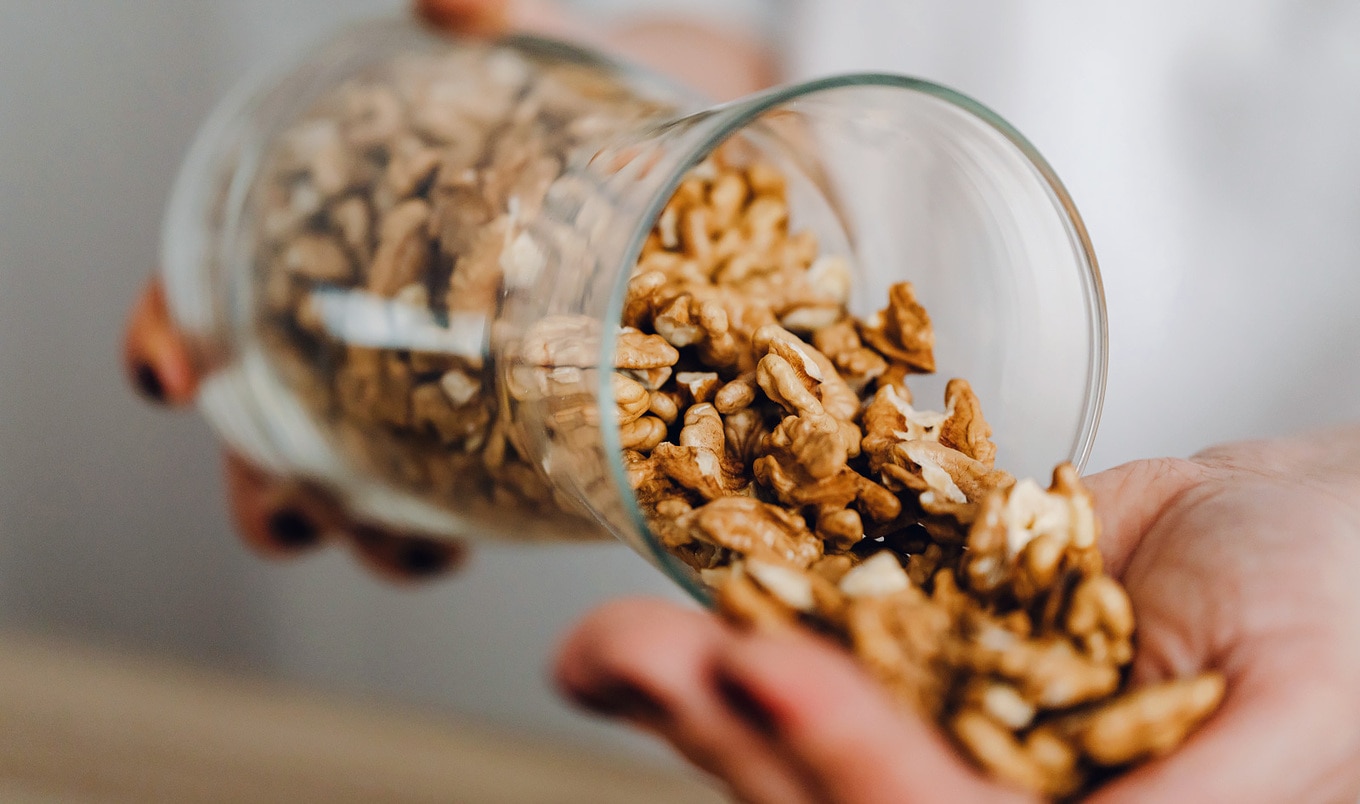
Multiple cases of conjunctivitis, also called the "pink eye" have been reported in New Delhi other some others states in India amid incessant rainfall in the past few weeks.
Waterlogging in several regions is making the situation worse for the residents. In most of the types, conjunctivitis is extremely contagious.
Major symptoms of conjunctivitis may include, the feeling that something is in your eye, redness in eyes, burning eyes, itchy eyes, watery eyes, puffy eyelids, hazy vision, lots of mucus, pus, or thick yellow discharge from the eye.
WION reached out to experts to get a better understanding of conjunctivitis and to know what can be done to avoid the infection.
Dr Vanuli Bajpai, who is the Consultant - Ophthalmology, HCMCT Manipal Hospital, Dwarka, told WION, "Conjunctivitis is a common concern during the monsoon season, but this year, we have seen a 50 per cent increase in cases in our OPD."
Dr Bajpai also added that "cases of eye flu and viral infections have been observed in all ages".
A virus, bacteria or allergies can cause conjunctivitis. Viral conjunctivitis is easily spread from person to person say experts while adding that allergic conjunctivitis is not contagious.
WION also spoke to Dr Soveeta Rath, an expert in pediatric ophthalmology, strabismus and neuro-ophthalmology at Dr. Shroff's Charity Eye Hospital, Daryaganj, said that there has been a surge in the number of conjunctivitis and eye flu cases.
"It's almost a 50 to 60 per cent rise. Mostly in children. Every third child has red eye or conjunctivitis. Last week, there were 30 children with conjunctivitis in the OPD. It's a seasonal surge. It happens every year. It has aggravated this year because of an increase in rain, and lack of hygiene," Dr Rath added.
"It spread from one person to another through touch of contaminated surfaces. It spreads by direct contact - touching your eye after touching contaminated surfaces. Therefore, don't share towels or personal items," Dr Rath further said.
Watch this report:
What are the preventive measures for conjunctivitis?
Dr Bajpai said that preventive measures are important as the infection spreads by touching the eyes. He also explained what should be done in case one has it and, doesn't have it.
What to do if you are not infected with conjunctivitis?
-Avoid going to crowded places
-Don't touch your eyes
-Wash your hands thoroughly with soap frequently
What to do if you have conjunctivitis?
-Use prescribed medicine
-Do not wash your eyes again and again, but keep cleaning them with wet cotton swab
-Wear glasses of any kind so that you don't touch your eyes, it doesn't spread by looking, it can spread by touching
-Sometimes conjunctivitis can also come with a sore throat, viral or fever. In this case, you should take paracetamol, or consult a doctor
-Use a cold compress on the swelling
-Avoid going to crowded places, offices or schools when you have flu. As long as the eyes are red or there is a sticky discharge, the virus is still there.
WATCH WION LIVE HERE
You can now write for wionews.com and be a part of the community. Share your stories and opinions with us here.
Conjunctivitis cases witness surge: Experts share preventive measures, treatment tips - WION
Read More


 Pexels
Pexels Adobe
Adobe Pexels
Pexels Getty
Getty



